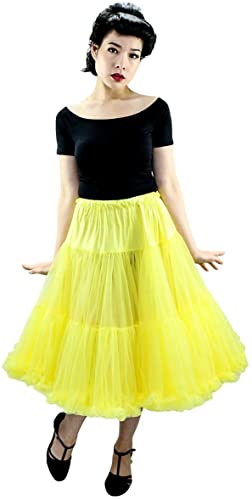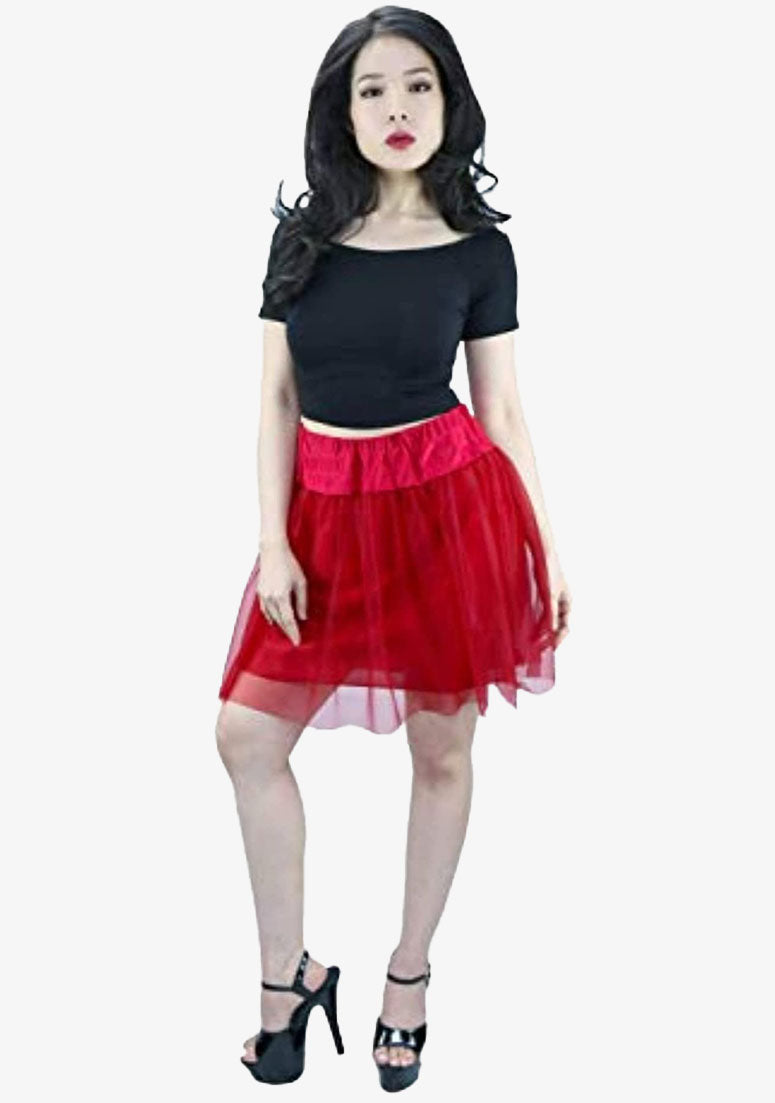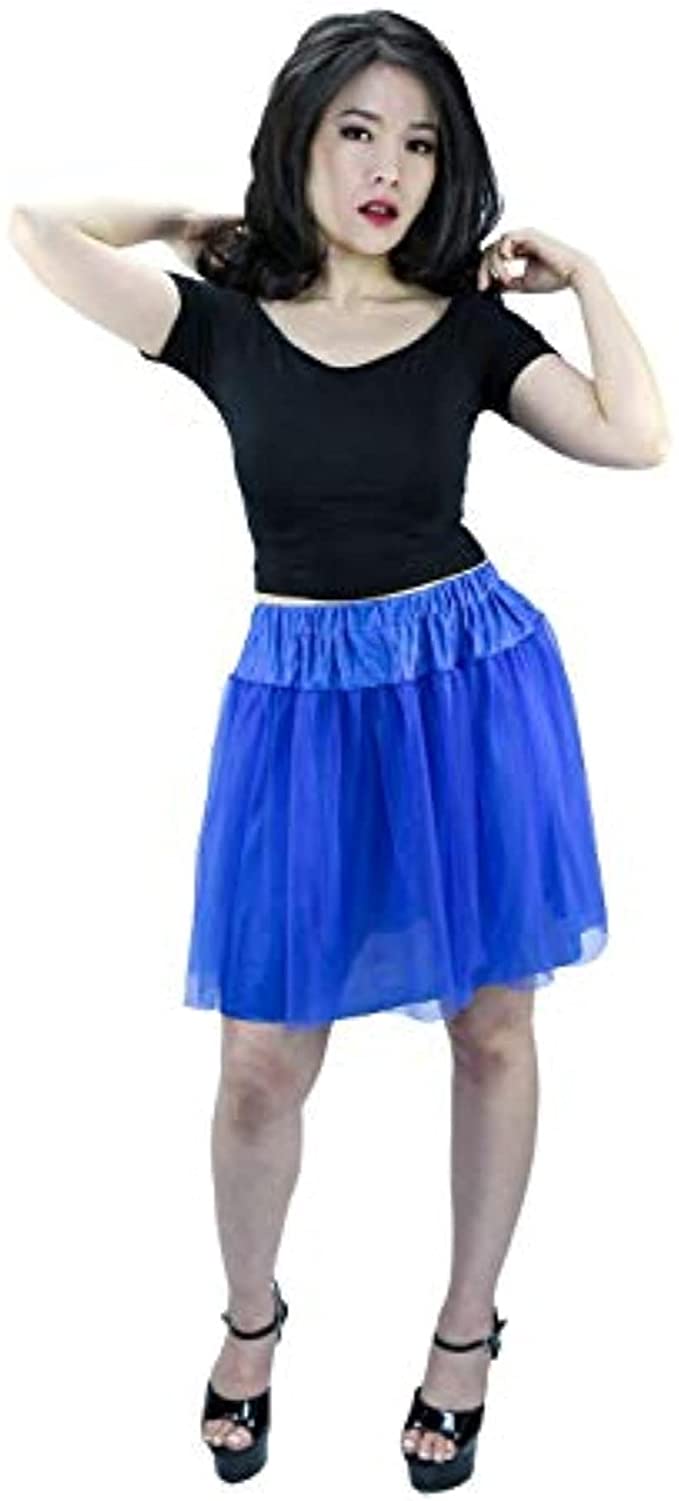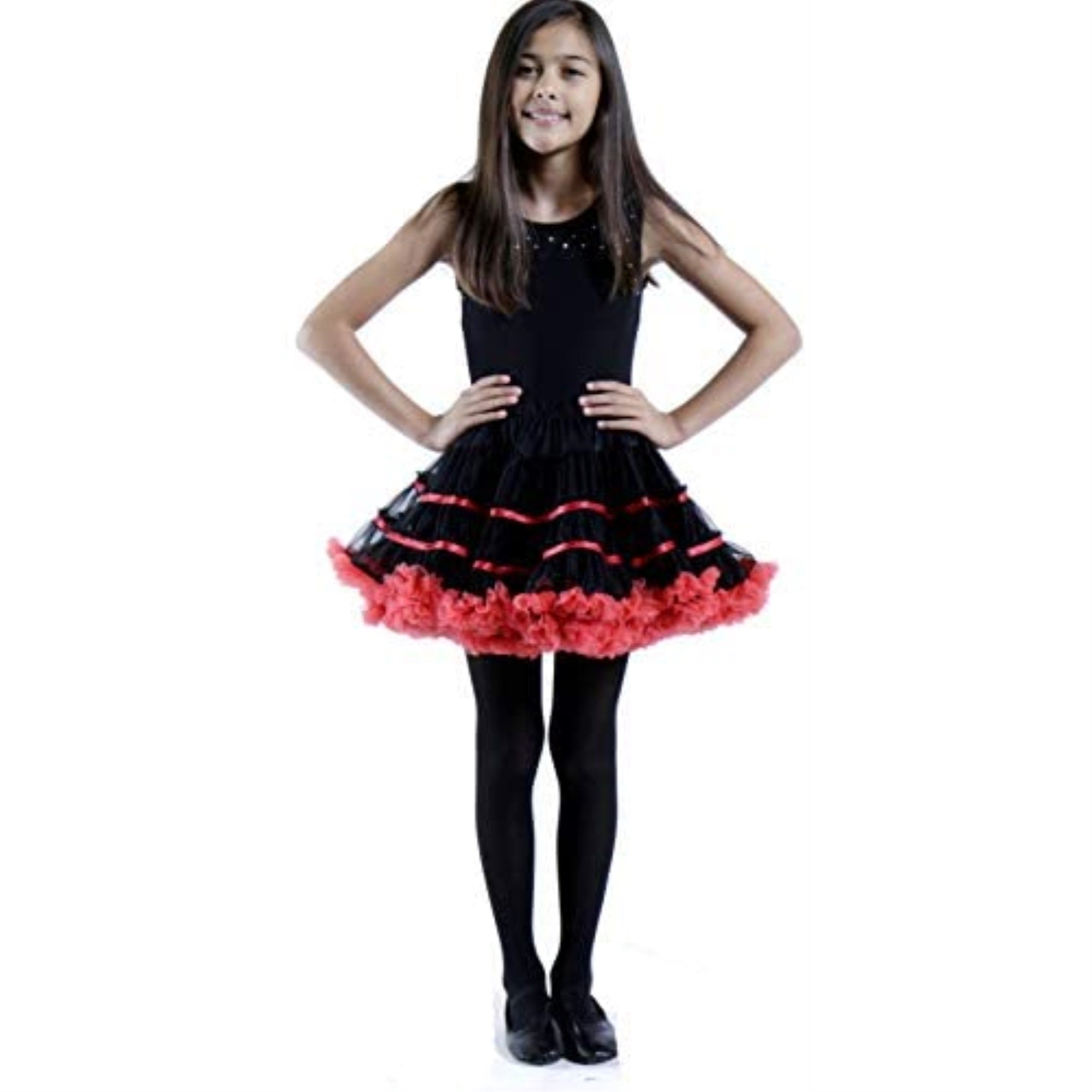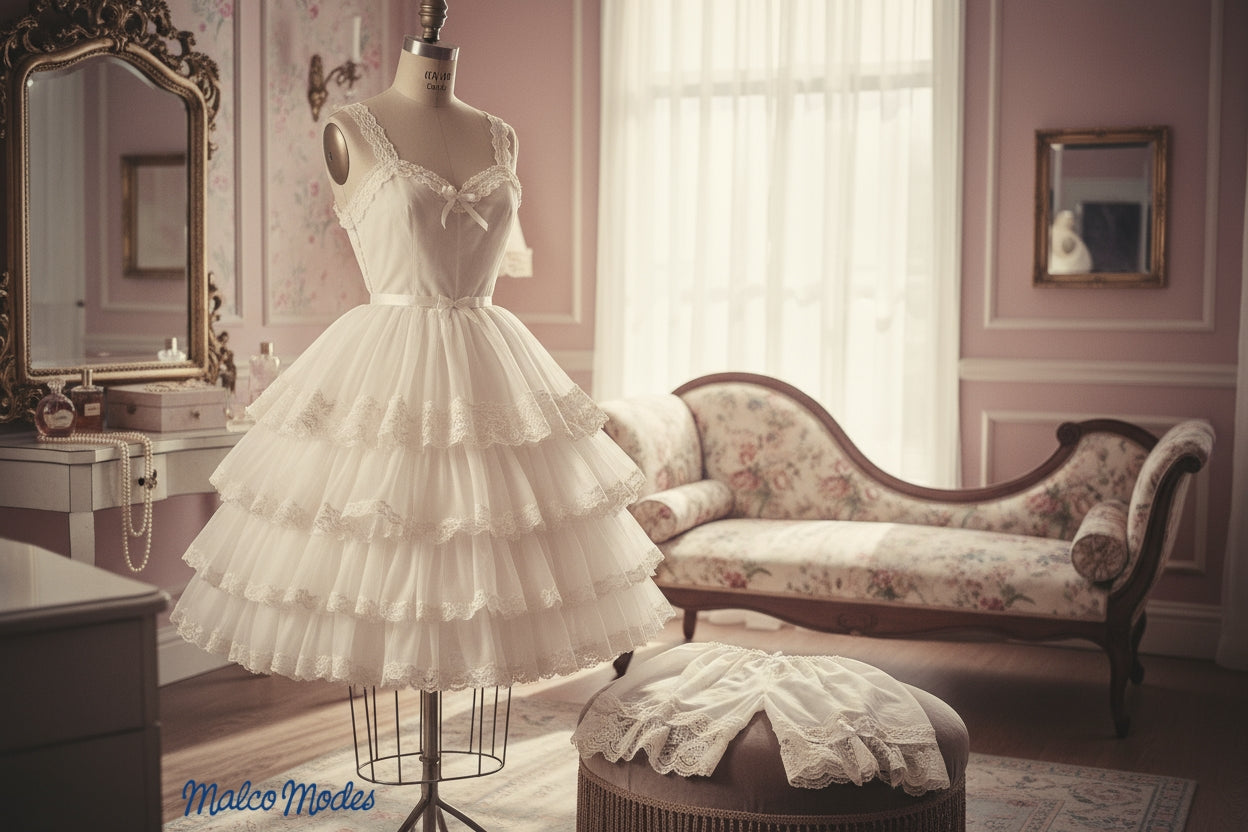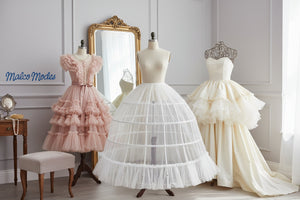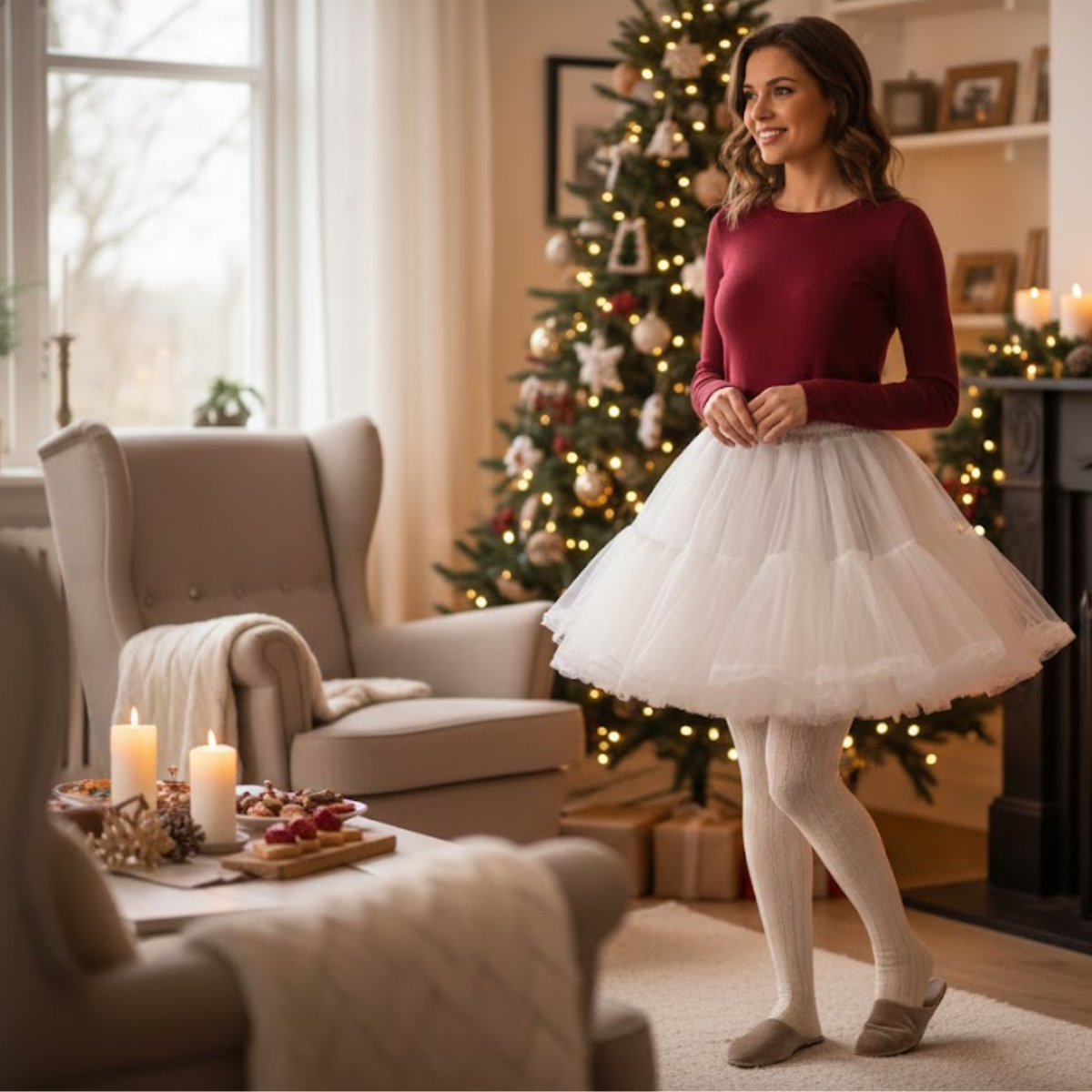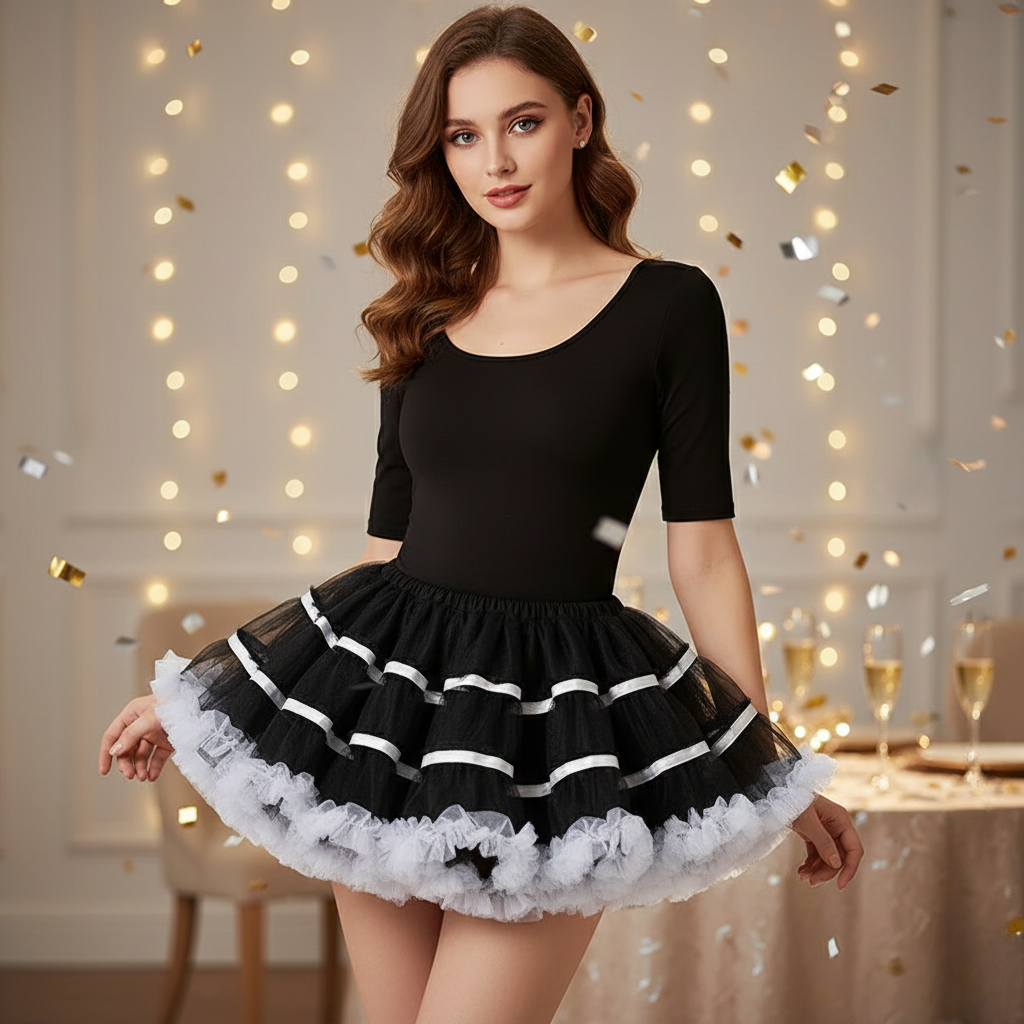Mastering the Vintage Look: A Complete Guide to Petticoats and Pettipants for Retro Style
Discover the essentials of vintage foundation garments—petticoats and pettipants—and how they shape the timeless silhouettes of the 1950s and 1960s. This guide covers types, fabrics, styling tips, and practical uses to help you achieve authentic retro style with comfort and confidence.
Key Takeaways
- Petticoats add shape and volume to vintage skirts and dresses, creating iconic mid-20th-century silhouettes.
- Pettipants offer modesty and comfort beneath skirts and layered petticoats.
- Fabric choice impacts comfort and skirt volume; cotton, nylon, polyester, crinoline, and tulle are popular options.
- Different petticoat types—from soft swing styles to structured hoops—serve various vintage looks and occasions.
- Proper styling and layering enhance both silhouette and comfort, making vintage dressing enjoyable and authentic.
Table of Contents
- What Are Petticoats? An Introduction to Vintage Foundation Garments
- Types of Vintage Petticoats: Finding the Right Silhouette for Your Style
- Fabrics Matter: Choosing the Best Material for Comfort and Style
- How Petticoats Shape Vintage Silhouettes
- Styling Tips: How to Wear Petticoats and Pettipants for Perfect Vintage Looks
- Comfort and Practicality: Modesty and Movement in Vintage Underlayers
- The Role of Petticoats and Pettipants in Vintage Fashion Today
- Final Thoughts: Embrace the Elegance of Vintage Petticoats and Pettipants
What Are Petticoats? An Introduction to Vintage Foundation Garments
Petticoats are foundational undergarments designed to give dresses and skirts a full, structured shape — essential for nailing that iconic vintage silhouette. Especially popular in the 1950s and 1960s, they create volume, help skirts flare, and add graceful movement to swing and circle skirts. More than hidden layers, they are intrinsic to vintage style’s charm and femininity.
Often confused with petticoats, pettipants are soft, flared shorts worn underneath for modesty and comfort. They prevent itching from stiff layers and provide extra coverage during movement.
Types of Vintage Petticoats: Finding the Right Silhouette for Your Style
1. Swing Petticoats
Perfect for dancing and lively movement, swing petticoats use soft cotton or polyester fabrics. They add fullness without stiffness, ideal for casual to formal 1950s party dresses.
- Great for circle skirts—allowing easy twirling.
- Soft feel ensures comfort.
2. Layered or Tiered Petticoats
Featuring multiple nylon tulle ruffled layers, these create dramatic, frothy volume. Perfect under tea-length or full skirts for playful or formal vintage looks.
- Stack layers for maximum fullness.
- Ideal for vintage gowns needing a dramatic silhouette.
3. Hoop Petticoats
Incorporating flexible wire hoops, these create a bell-shaped, structured skirt that stays perfectly shaped during movement. They are a nod to Victorian style revived in retro bridal and evening wear.
- Best for formal or costume vintage looks.
- Maintains fixed silhouette without collapsing.
4. Pettipants or Culotte Slips
Pettipants are flared shorts made from breathable cotton or nylon, worn under skirts or petticoats to add modesty with minimal bulk.
- Comfortable and lightweight.
- Prevents fabric cling and irritation.
Fabrics Matter: Choosing the Best Material for Comfort and Style
Fabric choice influences both comfort and the volume of your vintage foundation garment. Here are common materials:
- Cotton: Soft, breathable, ideal for daytime wear and linings.
- Nylon: Lightweight and slightly bouncy, perfect for fuller skirts.
- Polyester: Durable and similar to nylon but less breathable.
- Crinoline: Stiff netting that adds dramatic volume, typical in rockabilly and formal styles.
- Tulle: Soft netting for romantic, less stiff layered effects.
For example, wearing crinoline petticoats with pettipants underneath can prevent discomfort from stiffness.
How Petticoats Shape Vintage Silhouettes
Vintage fashion’s magic lies in the silhouette — the full, flowing skirts that flatter the waist and move elegantly.
- Swing/Circle Skirts: Volume and twirl enhanced by swing petticoats or layered tulle.
- Tea-Length Petticoats: Classic volume beneath elegant mid-calf dresses.
- Short Petticoats: Youthful, playful, and less structured, suitable for above-the-knee styles.
Matching petticoat length closely to skirt hem ensures authenticity and avoids visible peeking except when used as a deliberate styling feature.
Styling Tips: How to Wear Petticoats and Pettipants for Perfect Vintage Looks
- Wear a single thin petticoat for subtle volume or layer multiple for a more dramatic effect.
- Use pettipants beneath layered petticoats to prevent fabrics from clinging and reduce irritation.
- Match your petticoat length carefully with your skirt for the ideal silhouette.
- Neutral colors like white or cream keep layers discreet; bright colors can add playful retro pops when visible.
- Pair petticoats with knee-length A-line skirts or full-skirted vintage dresses with fitted bodices for iconic mid-century style.
For detailed advice, check out our comprehensive styling guide.
Comfort and Practicality: Modesty and Movement in Vintage Underlayers
Beyond style, petticoats and pettipants serve key practical roles:
- Modesty: Prevent skirts from clinging or becoming see-through.
- Comfort: Lightweight fabrics like cotton and nylon reduce itchiness and discomfort.
- Movement: Swing petticoats amplify skirt twirl and ease of walking or dancing.
Layering pettipants under petticoats improves comfort substantially while maintaining impeccable vintage style.
The Role of Petticoats and Pettipants in Vintage Fashion Today
Foundation garments remain crucial for true vintage style. Enthusiasts understand that petticoats and pettipants are foundational tools to sculpt, style, and express the beauty of mid-20th-century fashion.
Experimenting with different layers and styles keeps vintage fashion vibrant and exciting, whether for special occasions, photoshoots, or everyday wear.
Final Thoughts: Embrace the Elegance of Vintage Petticoats and Pettipants
Mastering vintage fashion requires attention to detail, and selecting the right petticoat or pettipants is fundamental. From soft, flowing swing petticoats to sharply structured hoop designs, each foundation layer contributes uniquely to that time-honored silhouette.
Understanding the types, fabrics, and styling tips shared here will help you confidently elevate your vintage wardrobe. Remember, foundation garments are about more than fit—they're about stepping into an era of timeless elegance and feeling fabulous.
Explore the stunning variety of vintage-inspired petticoats and pettipants available today and take your retro style to dazzling new heights.
Featured Product: Malco Modes Lace Ruffle Red Shorts for Women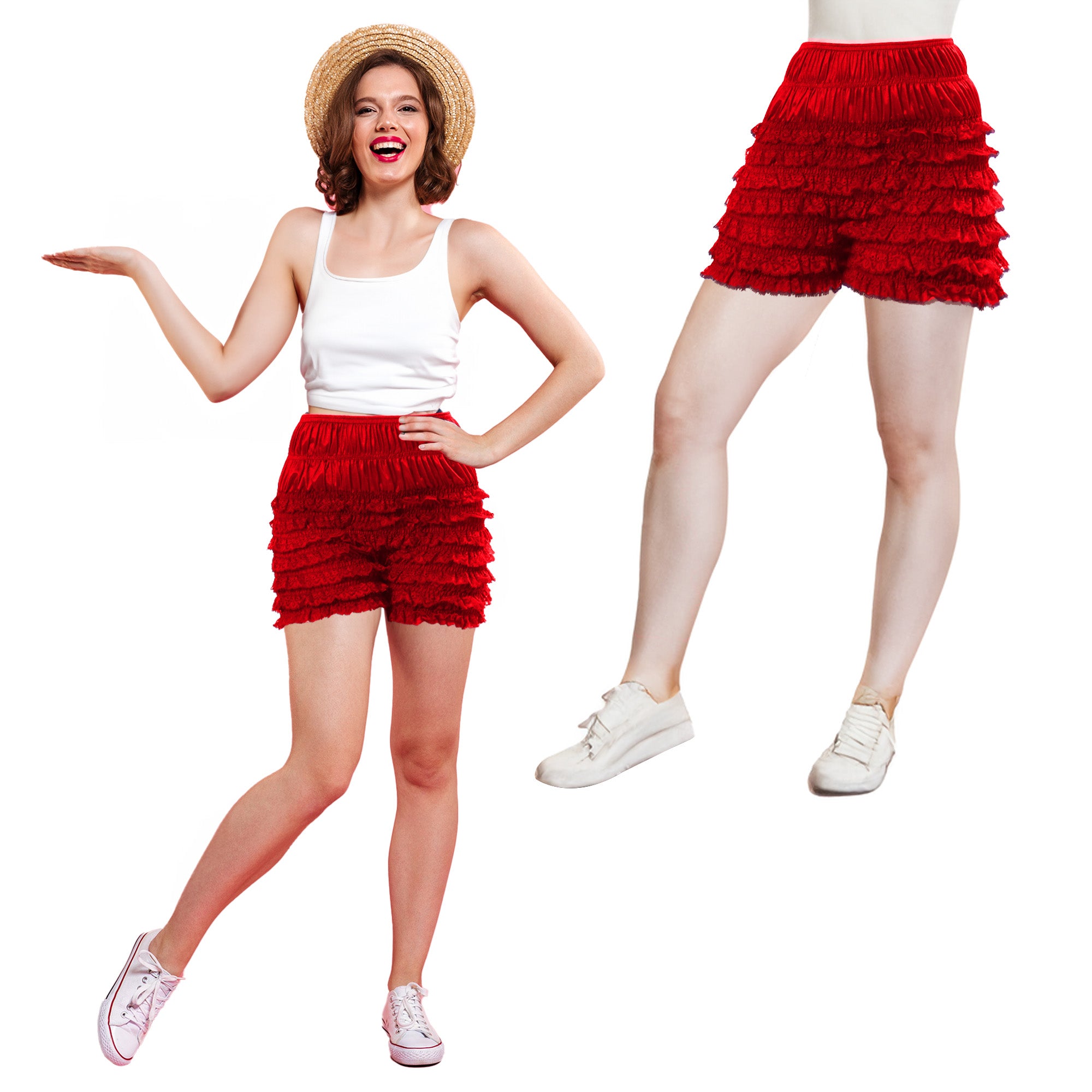
These vintage-style lace ruffle shorts offer comfortable coverage beneath skirts, pairing perfectly with layered petticoats for a polished retro look.
FAQ
What is the difference between a petticoat and a pettipant?
A petticoat is a skirt-like undergarment worn to add volume and shape to skirts and dresses, typically stiff or layered. Pettipants are flared shorts worn underneath for modesty and comfort, usually softer and less bulky.
Why wear a petticoat or pettipants with vintage dresses?
They create the iconic vintage silhouette by adding volume, protect against see-through fabrics, prevent fabric cling, and enhance comfort and movement—especially when dancing or walking.
How do I choose the right length for my petticoat?
The petticoat should generally match or be slightly shorter than your skirt hem to maintain a clean silhouette without peeking out unintentionally, unless you want a layered, colorful look.
How do I care for my petticoats and pettipants?
Follow fabric care labels carefully. Most vintage-style cotton and polyester blends can be gentle machine washed on low settings; nylon tulle and crinoline require delicate handling, and some hoop petticoats may need spot cleaning or hand washing.

